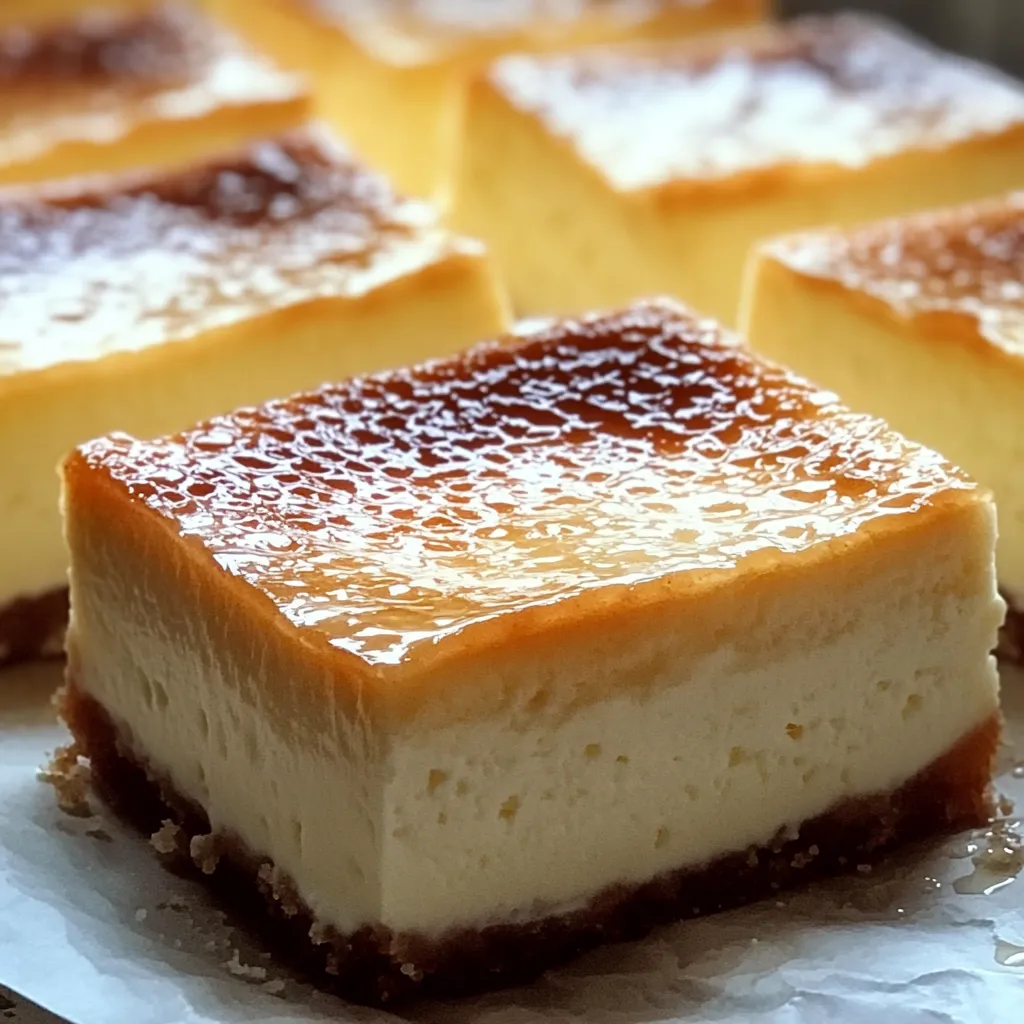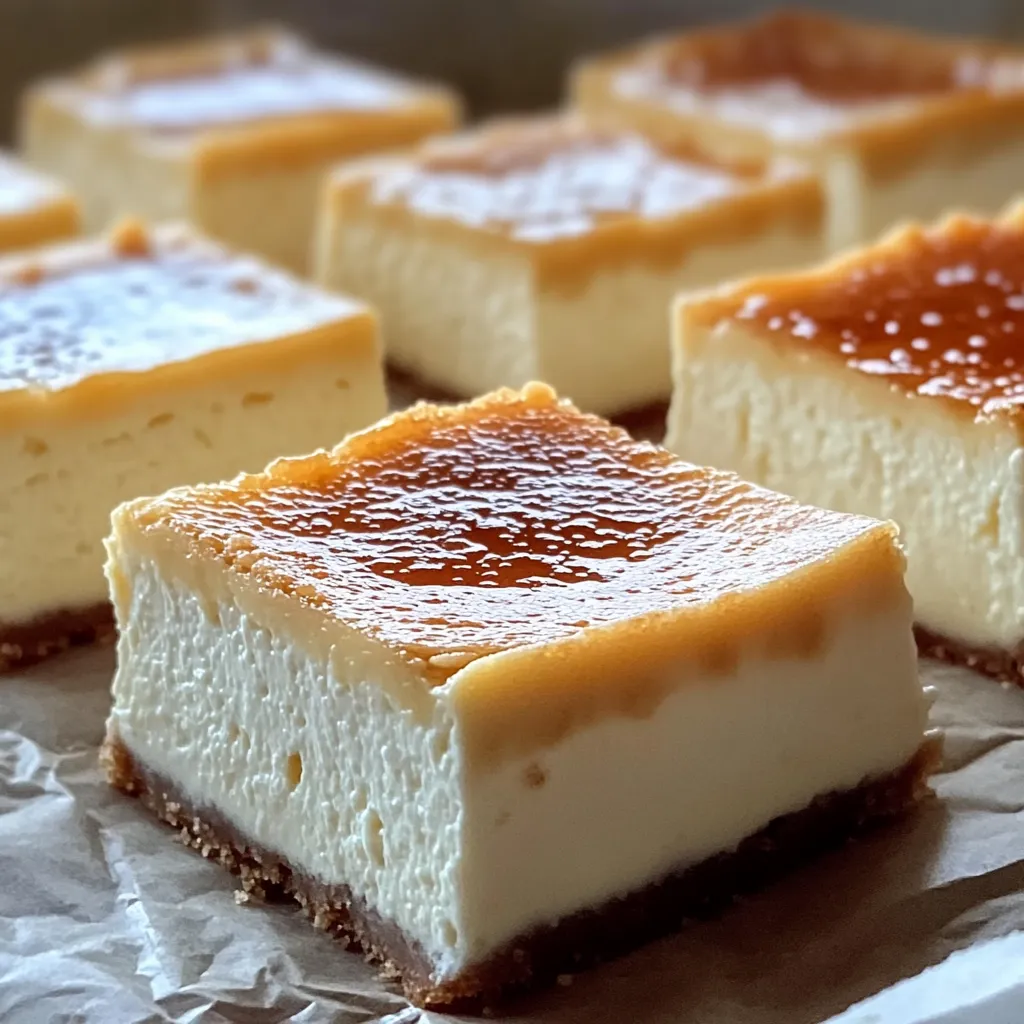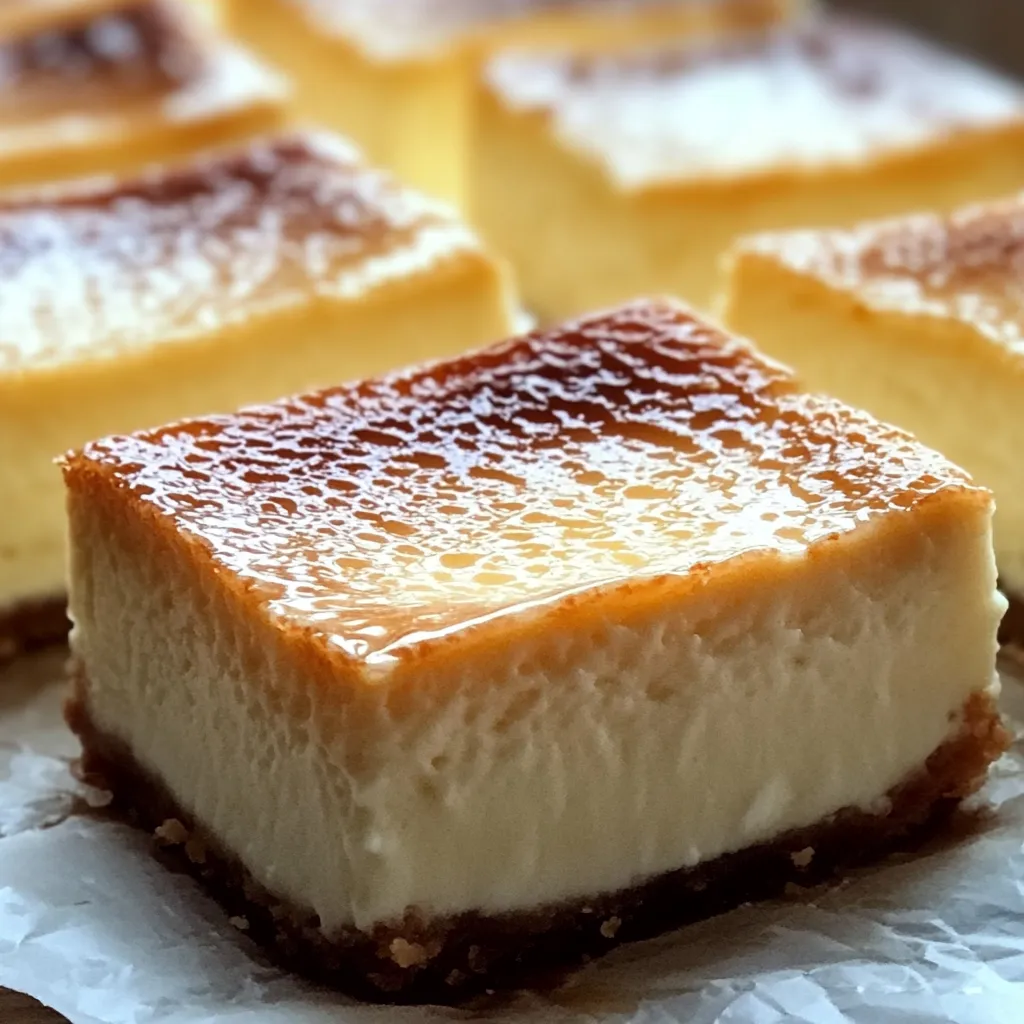 Save
Save
Velvety smooth texture meets buttery richness in this indulgent cake that captures the perfect balance between dessert and comfort food. The cream cheese creates an extraordinarily moist crumb while adding subtle tanginess that prevents the sweetness from becoming overwhelming. Each slice delivers that satisfying melt-in-your-mouth quality that transforms an ordinary day into something special, without requiring advanced baking skills or hard-to-find ingredients.
Last spring, I prepared this cake for my mother's birthday gathering, opting for simplicity rather than an elaborate layer cake. The look of delight on her face after the first bite confirmed I'd made the right choice. Several guests asked for the recipe before leaving, with one friend commenting that it reminded her of a cake her grandmother used to make—"but somehow even better." Something about the cream cheese creates a nostalgic quality while delivering a more sophisticated flavor than ordinary butter cakes.
Essential Ingredients
- All-Purpose Flour: Creates the cake's fundamental structure with moderate protein content. Unbleached varieties offer subtle flavor advantages over bleached alternatives.
- Baking Powder: Provides essential lift for proper texture. Double-acting varieties ensure rising both during mixing and baking for optimal volume.
- Salt: Enhances other flavors while balancing sweetness. Even this small amount makes a significant difference in the final taste profile.
- Unsalted Butter: Contributes rich flavor and tender crumb structure. Room temperature butter incorporates air properly during creaming for ideal texture.
- Cream Cheese: Delivers the signature moisture and subtle tanginess. Full-fat Philadelphia-style cream cheese produces superior results compared to lower-fat versions.
- Granulated Sugar: Sweetens while helping create air pockets during creaming. The fine crystals dissolve completely for smooth texture throughout.
- Eggs: Provide structure, richness, and binding properties. Room temperature eggs incorporate more easily without curdling the batter.
- Vanilla Extract: Adds aromatic depth that enhances other flavors. Pure extract rather than imitation offers significantly better flavor complexity.
- Milk: Creates proper batter consistency while adding moisture. Whole milk produces richer results, though 2% works adequately if preferred.
Baking Method
- Oven Preparation:
- Preheat your oven to 350°F (175°C), positioning the rack in the center for even heat distribution. Thoroughly grease a 9-inch cake pan or bundt pan with butter, then dust with flour, tapping out any excess. This careful preparation ensures the cake will release cleanly after baking.
- Dry Ingredient Combination:
- Whisk together flour, baking powder, and salt in a medium bowl until thoroughly combined. This even distribution of leavening ensures consistent texture throughout the cake. Set aside while preparing the wet ingredients.
- Fat Preparation:
- In a large mixing bowl, beat softened butter and cream cheese using an electric mixer on medium speed until completely smooth and free of lumps, approximately 2-3 minutes. Proper softening and thorough beating at this stage are crucial for a smooth, even cake texture.
- Sugar Incorporation:
- Gradually add granulated sugar to the butter-cream cheese mixture, beating continuously on medium-high speed for 2-3 minutes until noticeably lighter in both color and texture. This extended creaming creates tiny air pockets essential for proper rise and tender crumb.
- Egg Addition:
- Add eggs one at a time, beating well after each addition until fully incorporated before adding the next. Scrape down the sides of the bowl between additions to ensure even mixing. Stir in vanilla extract just until combined.
- Final Mixing:
- Add the dry ingredients to the wet mixture in three portions, alternating with milk (beginning and ending with flour). Mix on low speed just until combined after each addition, being careful not to overmix, which would develop gluten and toughen the cake.
- Baking Process:
- Transfer the batter to the prepared pan, smoothing the top with a spatula for even baking. Bake for 40-45 minutes, or until a toothpick inserted into the center comes out clean or with just a few moist crumbs. The cake should be golden brown with slight pulling away from the sides of the pan.
- Cooling Strategy:
- Allow the cake to cool in the pan for 10 minutes before inverting onto a wire rack to cool completely. This brief rest allows the structure to set while still warm enough to release easily from the pan.
 Save
Save
My first attempt at this recipe taught me an important lesson about proper mixing. I rushed through the creaming process, resulting in a denser cake without the signature velvety texture. Now I set a timer for the creaming stage to ensure I give it the full time needed to incorporate air—those extra minutes make all the difference in achieving that perfect melt-in-your-mouth quality.
Serving Inspirations
This versatile cake creates beautiful harmony with various accompaniments that enhance its subtle flavor. For casual family dessert, serve slices with fresh berries and a light dusting of powdered sugar. When entertaining, elevate the presentation with a drizzle of lemon glaze and edible flowers. For brunch gatherings, pair with coffee or tea and a side of lightly sweetened whipped cream for an indulgent mid-morning treat.
Creative Variations
This adaptable recipe welcomes numerous interpretations while maintaining its essential character. For citrus lovers, incorporate the zest of one lemon or orange into the batter while reducing vanilla slightly. Coffee enthusiasts might appreciate dissolving 1 tablespoon of instant espresso powder in the milk before adding. For a seasonal autumn twist, fold in 1 teaspoon of cinnamon and ½ teaspoon of nutmeg with the dry ingredients.
Keeping It Fresh
Store completely cooled cake in an airtight container at room temperature for up to three days, maintaining optimal texture and moisture. For longer storage, refrigerate for up to a week, though allow slices to come to room temperature before serving for the best flavor experience. Freeze individual slices wrapped tightly in plastic wrap then foil for up to two months, thawing at room temperature when ready to enjoy.
 Save
Save
After preparing this cream cheese cake countless times for family gatherings and casual entertaining, I've found it represents the perfect balance between impressive results and practical simplicity. The combination of everyday ingredients with straightforward technique creates a cake that satisfies both special occasion expectations and comfort food cravings. Whether served plain for everyday enjoyment or dressed up for celebrations, this recipe consistently delivers that elusive bakery-quality texture that makes people reach for just one more slice.
Common Questions About Cooking
- → Can I use reduced-fat cream cheese for this cake?
- While full-fat cream cheese provides the best texture and flavor, you can use reduced-fat (Neufchâtel) cream cheese if preferred. The cake may be slightly less rich but will still be delicious. Avoid using fat-free cream cheese as it contains stabilizers that can affect the cake's texture when baked.
- → Why did my cake sink in the middle?
- Sinking can occur for several reasons: opening the oven door too early during baking, underbaking, overmixing the batter (which incorporates too much air), or using too much leavening agent. Make sure to beat just until ingredients are combined, check your baking powder freshness, and resist opening the oven door until at least 30 minutes into baking.
- → Can I freeze this cream cheese cake?
- Yes, this cake freezes beautifully! Let it cool completely, then wrap it tightly in plastic wrap followed by aluminum foil or place in an airtight container. Freeze for up to 3 months. Thaw overnight in the refrigerator or for several hours at room temperature before serving. Add any toppings after thawing.
- → What variations can I make to this basic cream cheese cake?
- This versatile cake welcomes many variations! Add 1-2 tablespoons of citrus zest (lemon, orange, or lime); fold in 1 cup of berries tossed in 1 tablespoon of flour; add 1/2 cup of chopped nuts; swirl in 1/4 cup of fruit preserves; or add 1 teaspoon of almond extract in place of vanilla. You can also drizzle with a simple glaze instead of using powdered sugar.
- → Why is my cake dense instead of fluffy?
- This cream cheese cake is naturally more dense and moist than a regular cake due to the cream cheese in the batter. However, if it's too dense, you might have overmixed the batter (mix just until ingredients are combined), measured flour incorrectly (spoon into measuring cup, don't pack it), or your leavening agents might be old. Make sure ingredients are at room temperature before starting for the best texture.
